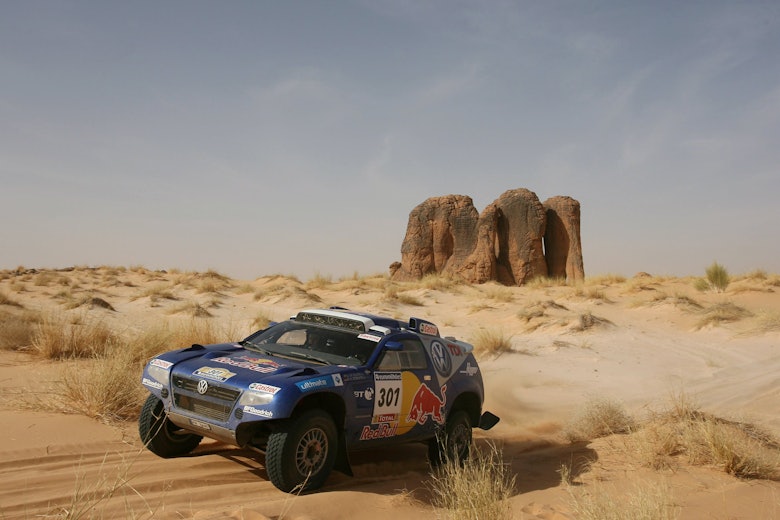It wasn’t intentional. Honestly. Apologies if the April 1 date of our story about the Ford Puma replacing the Fiesta as M-Sport’s World Rally Car of choice from 2022 gave a few of you a bum steer. Forget the date, it’s happening.
A few of you have been in touch admitting you wish it had been an April Fool’s story. The crossover SUV’s not everybody’s cup of tea. But it is where the market’s at right now. Unthinkable as it might be, there’s a cloud hanging above the future of the Fiesta road car. Earlier this year, production of Britain’s best loved B-segment motor was cut at Ford’s Cologne plant and the numbers aren’t working in a way they once did.
But the SUV? Everybody wants one (hence the reason why Toyota reportedly seriously considered the C-HR as a base car instead of the Yaris). And especially if they’re hybrid – which this year’s all-new Puma is. Mostly. You can buy a pure-petrol one-litre Puma, but the most popular will be the mild-hybrid version.
Talk to Ford’s biggest cheeses and they’ll tell you they expect half of their new car sales to be of electric or hybrid cars from 2022 onwards. It’s for that reason that the WRC’s move to hybrid is vital. Had the next generation of World Rally Cars not come with some sort of alternative energy, two of the current three manufacturers would have walked.
M-Sport and Ford still won’t confirm plans for 2022, but the Puma makes complete sense.
Admittedly, in road car trim the Puma is 54mm taller than the similarly road-going Fiesta, 146mm longer and 71mm wider. In terms of girth, the Puma SUV is just 70-mil shy of the width of a Fiesta WRC.
But don’t fret. And don’t forget, this is M-Sport we’re dealing with. M-Sport has a habit of making the humdrum into something very special. By the time M-Sport’s head of rally engineering Chris Williams has finished with the Puma, it will look stunning. And, by no means, an assault on the senses.
It won’t be a big, wobbly crossover that takes the start of the 2022 Monte Carlo Rally, it’ll be a be-winged, scaled-down version that exits the Casino Square start silently before setting about the French Alps with a bark and a bite just the same as the Fiesta WRC we’re watching (or were watching) this season.
Remember Volkswagen’s Dakar-bound Touareg? That was scaled, to around 80 per cent of the road car. Beneath the plastic, it was a spaceframe chassis designed around the precise needs of the world’s longest off-road rally.

Volkswagen Motorsport/Red Bull Content Pool
And that’s what M-Sport Ford’s all new Rally1 challenger will be. It’ll look the part of the Puma, but beneath that it’s a bespoke rally-bred racer.
I must admit, when the news of scaling cars with the use of prototype, tubular structures broke, I really wasn’t sure. I’m sure I wasn’t the only one whose mind was immediately sent to Group B spaceframes, where roll cage diameters were pared to the bone and the crews’ seats mounted on the fuel tanks.
Unsurprisingly, we’re a world away from that and, actually, the prototype approach makes plenty of economic sense as well as potentially keeping the driver and co-driver safer. Put simply, there are none of the restrictions which come with a production-based World Rally Car.
If you’re Toyota, Hyundai or M-Sport making a World Rally Car from scratch these days, it probably takes two or three people a week to get to a place where you’ve got a workable shell. The road car shell will come off the production line bound for the Puuppola, Alzenau or Cockermouth, where it will have everything non-essential removed to lightweight it then the transmission tunnel needs to be cut and turrets put in. What you end up with is a skeleton of a car which you’ve then got to build a roll cage into.
A better, more efficient and safer option surely has to be to build the cage, then bolt the car on around it. That way you have everything where you want it and, most importantly, the crew in the proven safest place.
Once you’ve got your spaceframe, the panelling the easy bit. And then you can make it look like whatever you want – including a hunkered down, gnarly Puma crossover.
Cool.
Did I really say gnarly? Sorry about that.
More words on more Pumas tomorrow.





